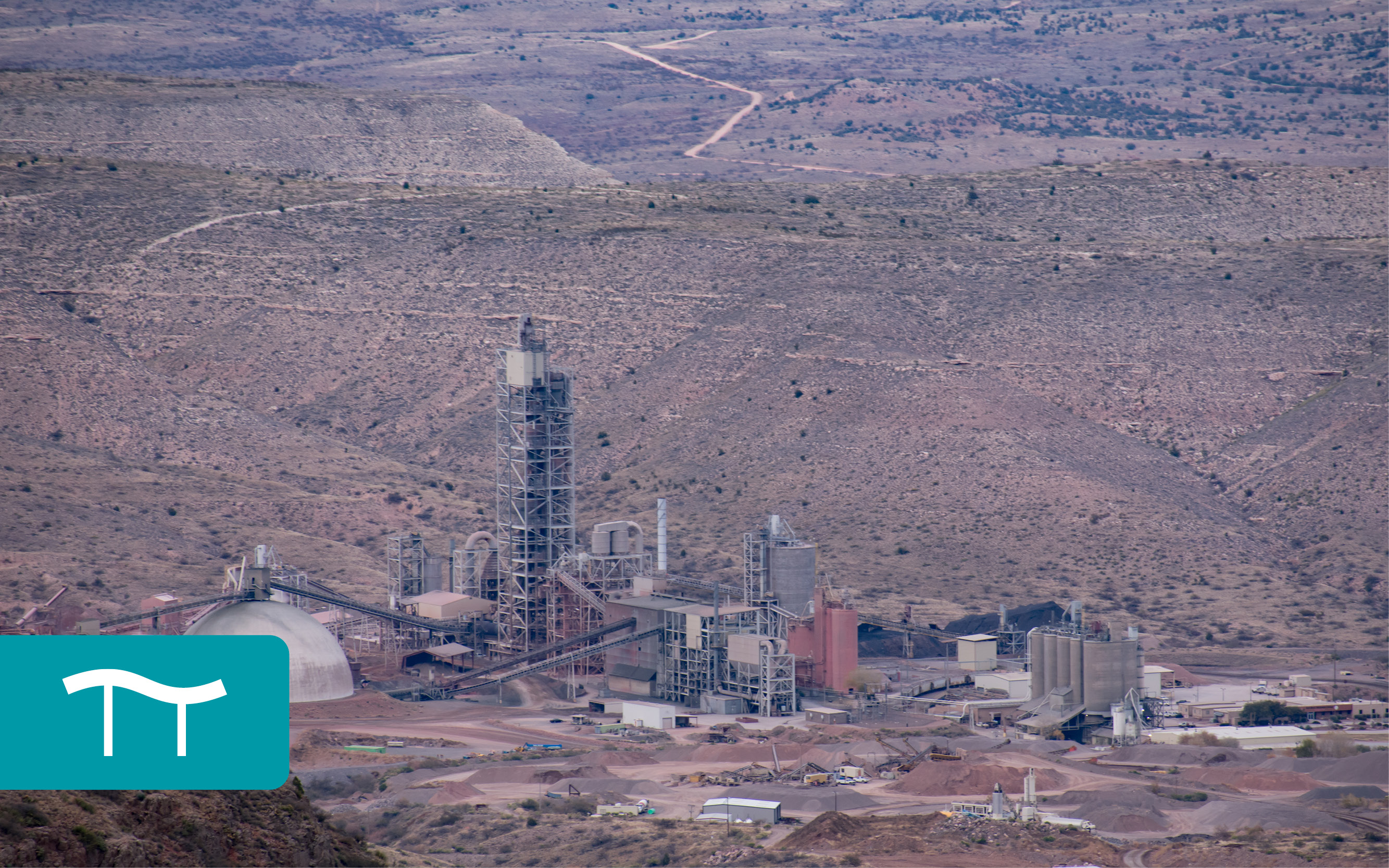Rare Earth Magnets are in high demand and Biden decides against restricting imports
For the rare earth magnet industry there seems to be no signs of slowing down, but instead ever-increasing demand. Industries such as Wind Turbines and Electric Vehicles are amongst the top for needing rare earth magnets to function, but what does this mean for the rare earth industry?
According to Stockhead, we need 10 new rare earth element mines by 2030 to keep up with the demand and over the past few months, exploration stocks have been rewarded for buying REE projects, reviving REE projects, or unearthing REE prospectivity in existing projects. As the world is looking towards a Net-Zero future, countries are looking for ways to provide sustainable energy such as Wind Turbines. Whilst they have been around for some time, net-zero government deadlines being released this year is bringing more attention to the wind turbine industry, with of course expectations of more being created. With this in mind, the turbines require a hefty amount of rare earth magnets to be made.

Wood Mackenzie rare earths expert David Merriman says “For magnets in particular, by 2030 we are talking about a 70% increase in total demand, which is really what is driving the growth in the rare earths market.” - Stockhead
Another industry which is growing exponentially is Electric Vehicles, which falls into the Net-Zero focus again for a more sustainable way of living. As well as this, many countries such as the U.S. have put in place a legislation which puts a stop to all production of new cars which aren’t electric or hybrid from 2030. This adds to the demand challenge as there isn’t much time in between to prepare for this.
Last week, the White House stated that Biden has decided against restricting imports of neodymium magnets that come primarily from China. This is so the U.S. can keep up with the surging demand as well as avoiding conflicts with countries who currently export REE into the states, such as Japan and Germany. It also puts manufacturers at ease who are worried about the demand potentially bringing material shortage. This is good news for many businesses and as well as this announcement, Biden proposes plans to bring more manufacturing to the U.S.
Rare earth elements are also used in other sectors and products such as military fighter jets, smartphones and MRI machines, so it’s important to prepare as much as we can for the demand. As of recent years surrounding the COVID-19 pandemic, the world is more accustomed to materials shortages which brings more of a resilience. Biden’s plans to ease worries of a global shortage in rare earths includes:
- Making investments in key segments of the magnet supply chain
- Incentivizing domestic production
- Supporting the development of a skilled workforce to produce neodymium magnets
Rather than fully relying on imports of rare earths from other countries, the expected surge from the EV and wind turbine industries will no doubt not be enough for imports alone to fulfill. What do you think about Biden’s proposed actions? Share this blog and start the conversation by tagging us on social media!
Get in touch with us if you’d like to find out more on rare earth magnets and work with TyTek Industries
Source: Politico.com
